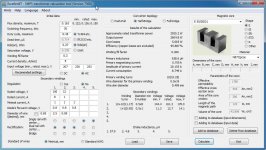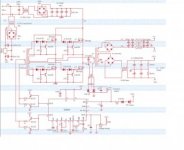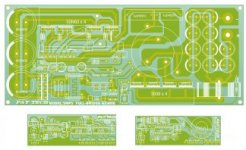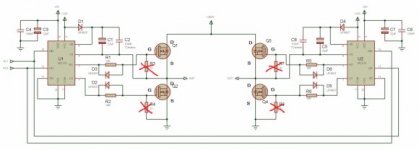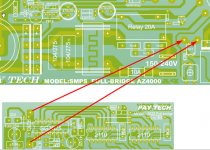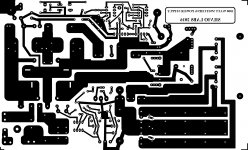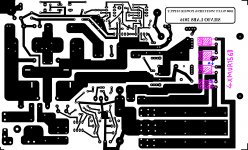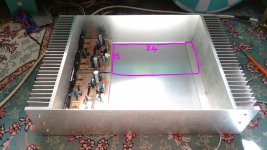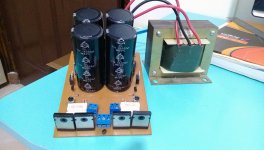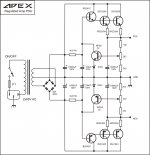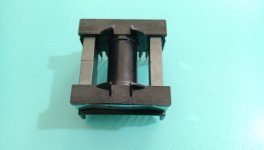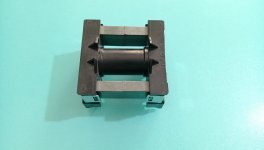Silvio
Well-known member
In post 57 calculation is for ETD49 transformer and not EE55. For EE55 turns are different.
IF you want turns for EE55 please give me more information, Ex Half bridge , full bridge, Purpose of use of smps ex amplifier etc
1) core material
2) frequency of operation
3) bobbin length
4) window width between bobbin and core
5) what mosfet are you using
6) Input AC voltage
7) Output PEAK DC voltage
8) what output diode used
IF you want turns for EE55 please give me more information, Ex Half bridge , full bridge, Purpose of use of smps ex amplifier etc
1) core material
2) frequency of operation
3) bobbin length
4) window width between bobbin and core
5) what mosfet are you using
6) Input AC voltage
7) Output PEAK DC voltage
8) what output diode used
Last edited:

